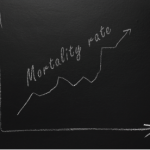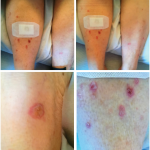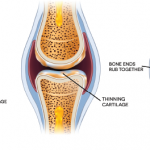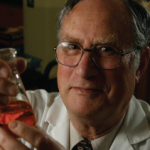A study published in Annals of Internal Medicine in December 2017 looked at trends in lupus mortality over a 46-year period. The researchers say they set out to close some knowledge gaps. “There [was] a knowledge gap relating to the large differences we see in death rates from one study to another, which could have…









